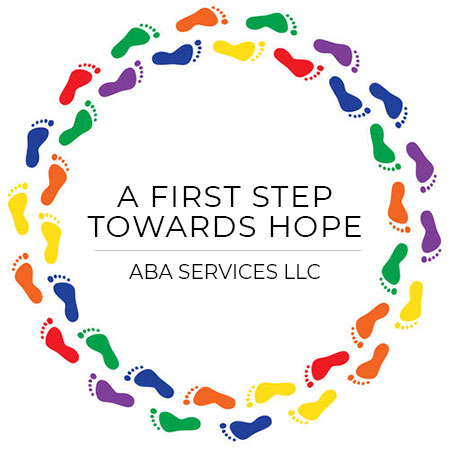ABA Therapy promotes positive behaviors through reinforcement. Behavior is defined as anything we do. All behavior has a function, or reason.
The 4 functions of behavior are:
- Attention – access to attention from others around us
- Escape – escaping (or avoiding) an undesirable activity or thing (e.g., homework)
- Tangible – access to a preferred item (e.g., food, toys, money)
- Automatic – also referred to as sensory. (e.g., it feels good)
Some behaviors that we engage in may not be desirable or socially appropriate. A couple of examples are physical aggression, tantrums, or refusing to respond to tasks or instructions. Through our assessment processes, we determine the function of the behavior and develop appropriate interventions to decrease challenging, undesirable behavior while simultaneously teach alternative, socially appropriate behavior.
The following are a few behavior modification techniques we commonly use in ABA therapy:
- Reinforcement is a consequence procedure when something is either added or withdrawn from the environment immediately after the behavior occurs in order to increase the probability of that
- Extinction is withholding reinforcement after an undesirable behavior occurs in order to eliminate it in the future.
Examples of Common Reinforcers:
- Social reinforcers-social praise and positive touches (high-five, hugs)
- Tangible reinforcers-access to something the child can touch including toys, edibles or sensory items
- Activity reinforcers-access to a preferred activity (bubbles, swinging, etc.)
- Token reinforcers-points, coins or some other symbol that can be traded in for a backup reinforcer which can be any of the above reinforcer types
- Natural reinforcers-are a direct result of engaging in the behavior such as receiving a cookie for saying cookie or feeling warm by putting on a sweatshirt
The ultimate goal of behavior modification is for the learner to engage in socially significant appropriate behaviors that result in natural sources of reinforcement.
